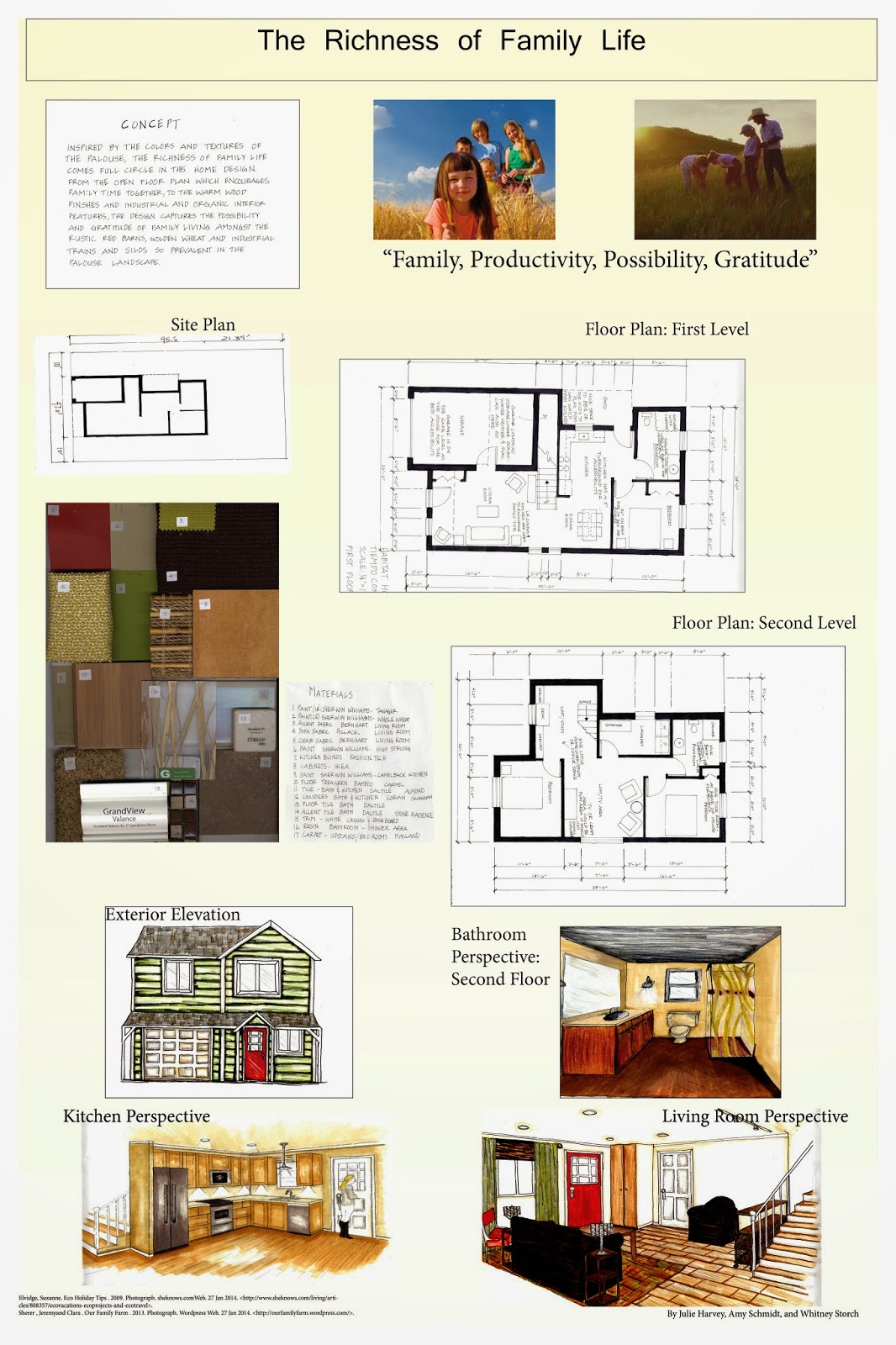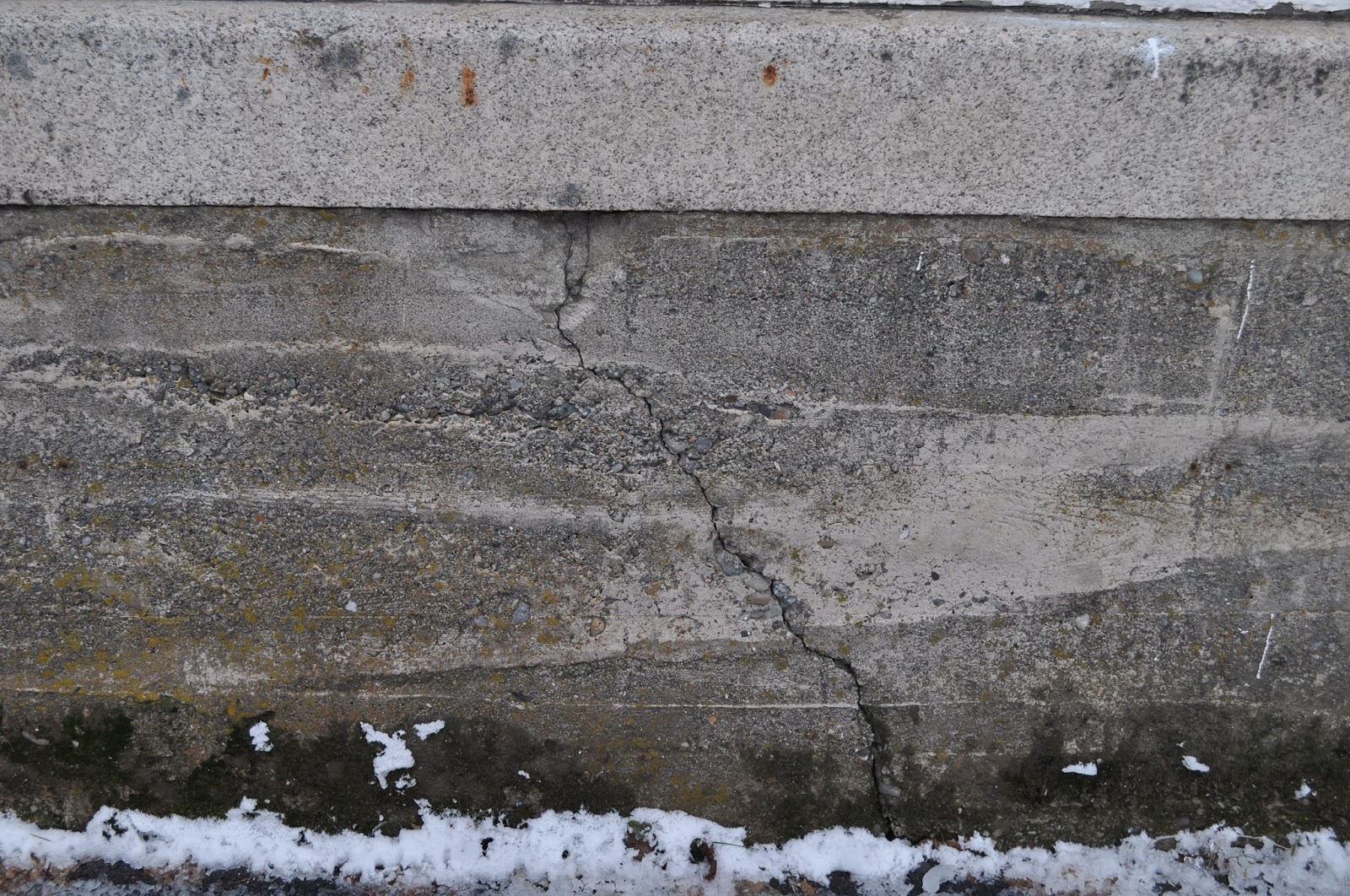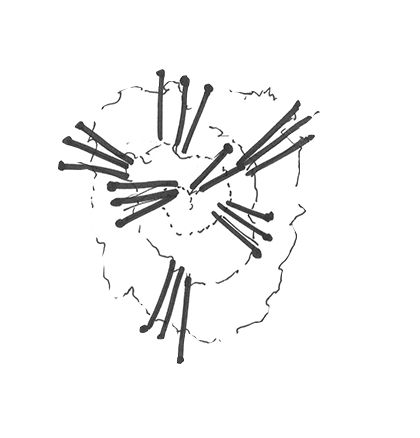Monday, March 24, 2014
Portland Art Museum
Wednesday, March 5, 2014
Vision Impairment
As a designer, it is always a good idea to understand your client. This is especially true if you have a client with special needs for their environment. I experienced being in a wheelchair to understand ADA requirements, and it was very beneficial to my understanding of the needs they have that are different from what I experience. This exercise was to experience what a person with a visual impairment experiences in their interactions with the built environment. I think this is something everyone should try, it really forces you to understand some of the difficulties of visual impairment.
The excercise was to wear sunglasses smeared with Vaseline inside the lenses. We then were to navigate both interior and exterior stairs, use an elevator, and try to use an ATM. I learned that contrast in an interior space is crucial to navigating for someone with a visual impairment, especially from the wall to the floor. I would look to this line to guide me throughout the spaces I was in. Spaces without this contrast were much more difficult. At one point I could not tell there was a room, because the room had glass walls and the carpet and walls were all the same tone. Another problem was glare. Shiny floors with fluorescent lighting made things worse. If I could rely on contrast I was ok, but no contrast and glare to contend with, made navigation very difficult. A third problem was depth perception. This was especially true when trying to navigate stairs. At one point I was trying to go down some terrazzo stairs, and finally had to hold onto the rail, and someone's arm to get down. These stairs had the traditional black grip strips on them, but there was not enough contrast with the color of the stairs to differentiate the contrast.
All in all, it was a good learning experience, one that I will remember when I am designing spaces for the visually impaired.
The excercise was to wear sunglasses smeared with Vaseline inside the lenses. We then were to navigate both interior and exterior stairs, use an elevator, and try to use an ATM. I learned that contrast in an interior space is crucial to navigating for someone with a visual impairment, especially from the wall to the floor. I would look to this line to guide me throughout the spaces I was in. Spaces without this contrast were much more difficult. At one point I could not tell there was a room, because the room had glass walls and the carpet and walls were all the same tone. Another problem was glare. Shiny floors with fluorescent lighting made things worse. If I could rely on contrast I was ok, but no contrast and glare to contend with, made navigation very difficult. A third problem was depth perception. This was especially true when trying to navigate stairs. At one point I was trying to go down some terrazzo stairs, and finally had to hold onto the rail, and someone's arm to get down. These stairs had the traditional black grip strips on them, but there was not enough contrast with the color of the stairs to differentiate the contrast.
All in all, it was a good learning experience, one that I will remember when I am designing spaces for the visually impaired.
Monday, March 3, 2014
Habitat for Humanity Project
This is a poster of a Habitat for Humanity house that I designed with two colleagues. It was a group project, and I learned quite a bit about working with others, and myself. I enjoyed working with the group, and we got along fine. I learned about designing a house for a Habitat family, and the aspects in a home they are looking for. This includes a small foundation footprint , a one car garage, and minimal hallway/extra space. The space is focused on the useable family area, as this is most important in a habitat home. Another thing I learned was to try to design in 2' to 4" increments for the best use of materials. While there are things I would like to improve on, mainly in the poster itself, I am proud of our layout, and the renderings we did for this project.
Concrete Concept
This Design project begins with the adaptive reuse of the Northern Pacific Railway station in Pullman. As my concept inspiration I chose this crack in the concrete foundation of the station. Elements of design that I derived from this include line, from the crack itself, texture from the concrete and the lichens growing on it, and contrast which includes rough and smooth and the differences in the color of the concrete.
The next part of the design process was to take the elements and principles that I found in my concept inspiration and create a 2-dimensional drawing . After exploring many options, I decided to move forward with this design. Now you may think this appears to be a flower, but to me it is a path. It is somewhat random, as the crack, but also somewhat predictable, like a topographical map of a steep slope. The lines represent the obstacles along the way, much like the path of life, or even a path of a railroad track.
From This drawing I progressed to my textile design. I took the line drawing and repeated it in a "path" varying the size and color of the design. The colors are derived from the color of the lichen in the concept inspiration, and the color of the sky, which I always think of when I think of hiking along a path.
Finally, I took my 2-Dimensional design and created a 3-Dimensional model using the same elements and principles of design from the other parts of this project. This concept process of the design was so difficult for me in the beginning, but now it has to be one of my favorite parts. I feel more at ease with the entire process, and I know how the progression is supposed to evolve.Here is a photo of my 3-D model.
In this model I tried to incorporate the texture, both smooth and rough, line, contrast, and a feeling of a path. I also wanted to show a contrast between the organic aspects from my inspiration, and the structural aspects of the concrete. I enjoy this process very much, and feel more comfortable with it each time I do the conceptual part of a design.
Subscribe to:
Posts (Atom)




